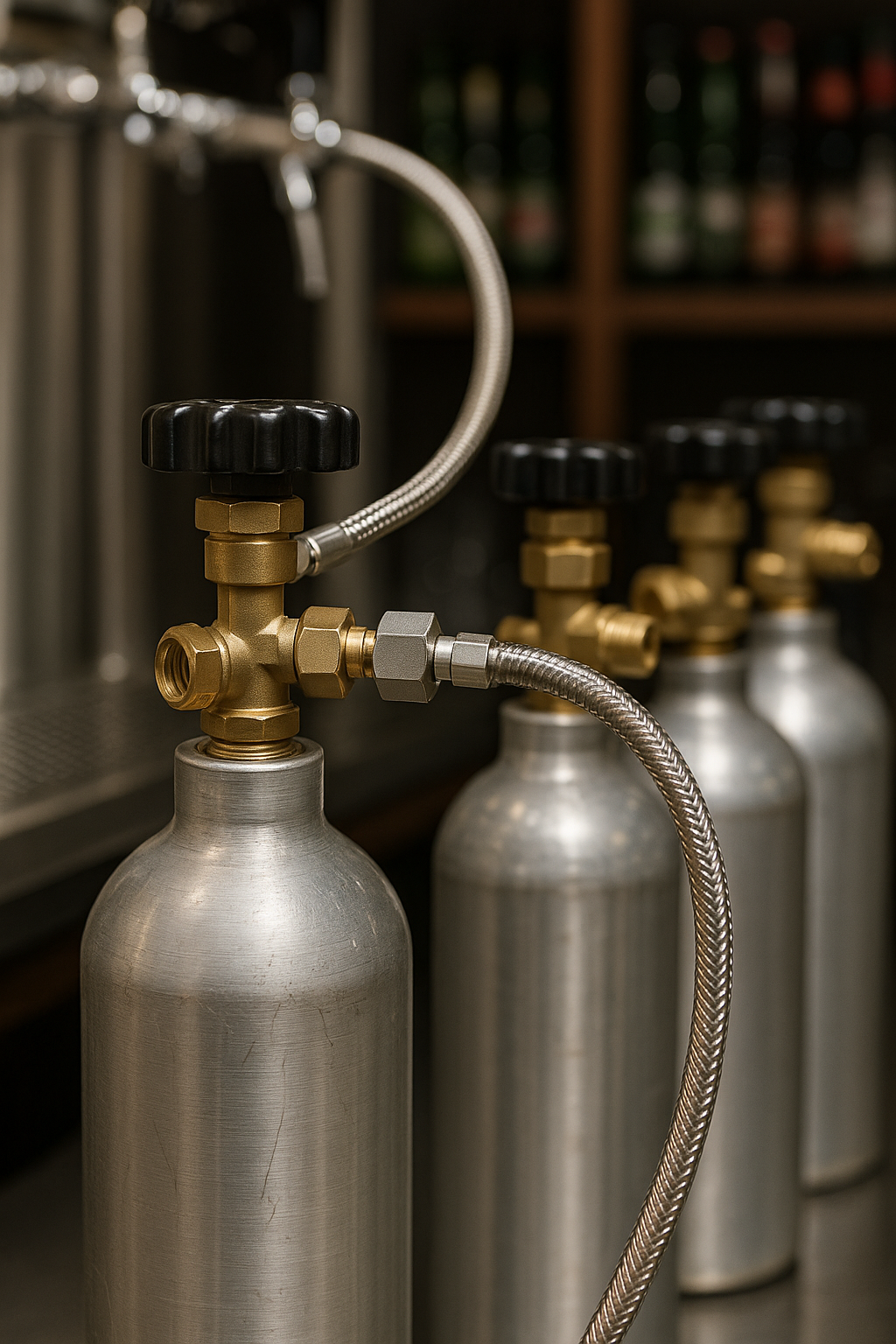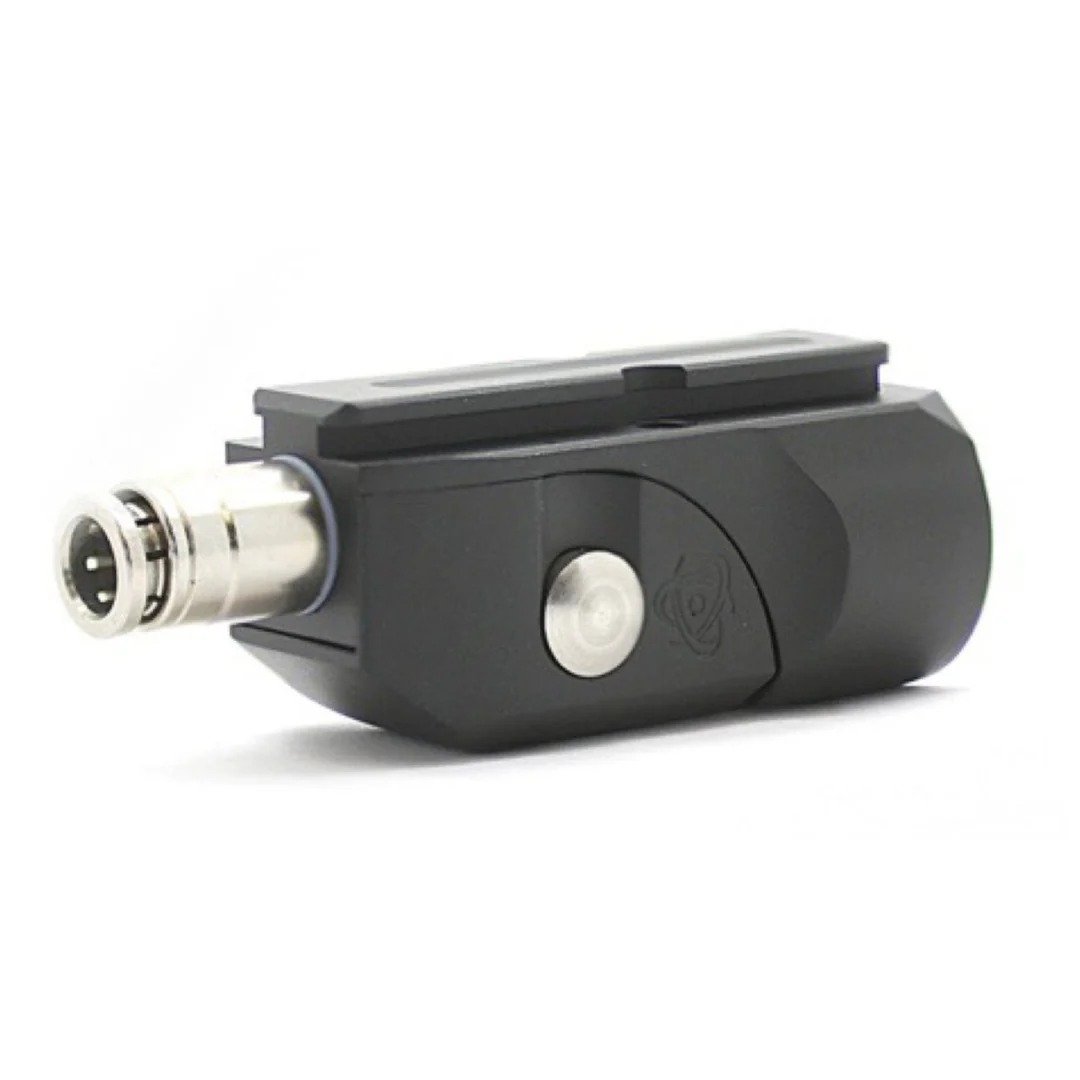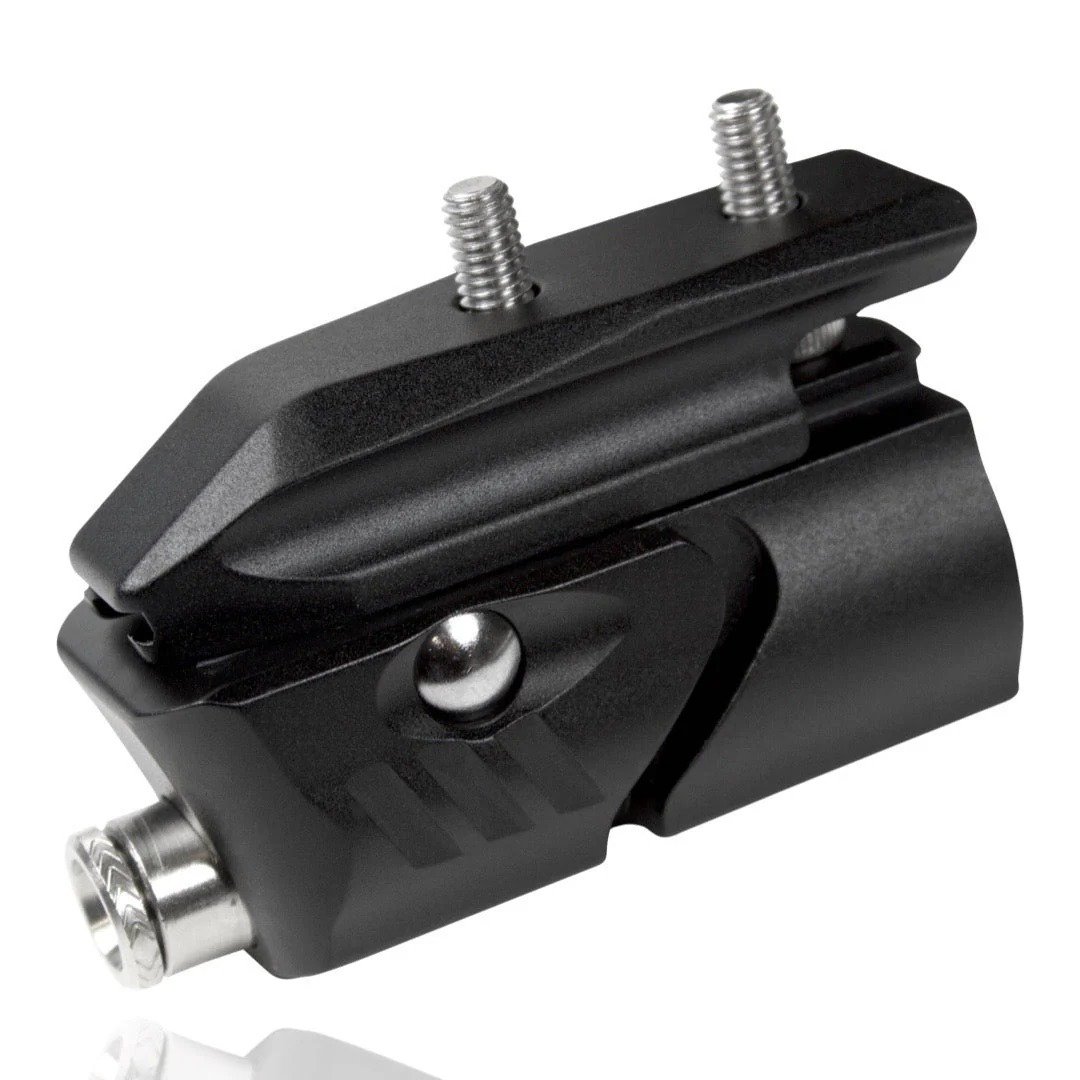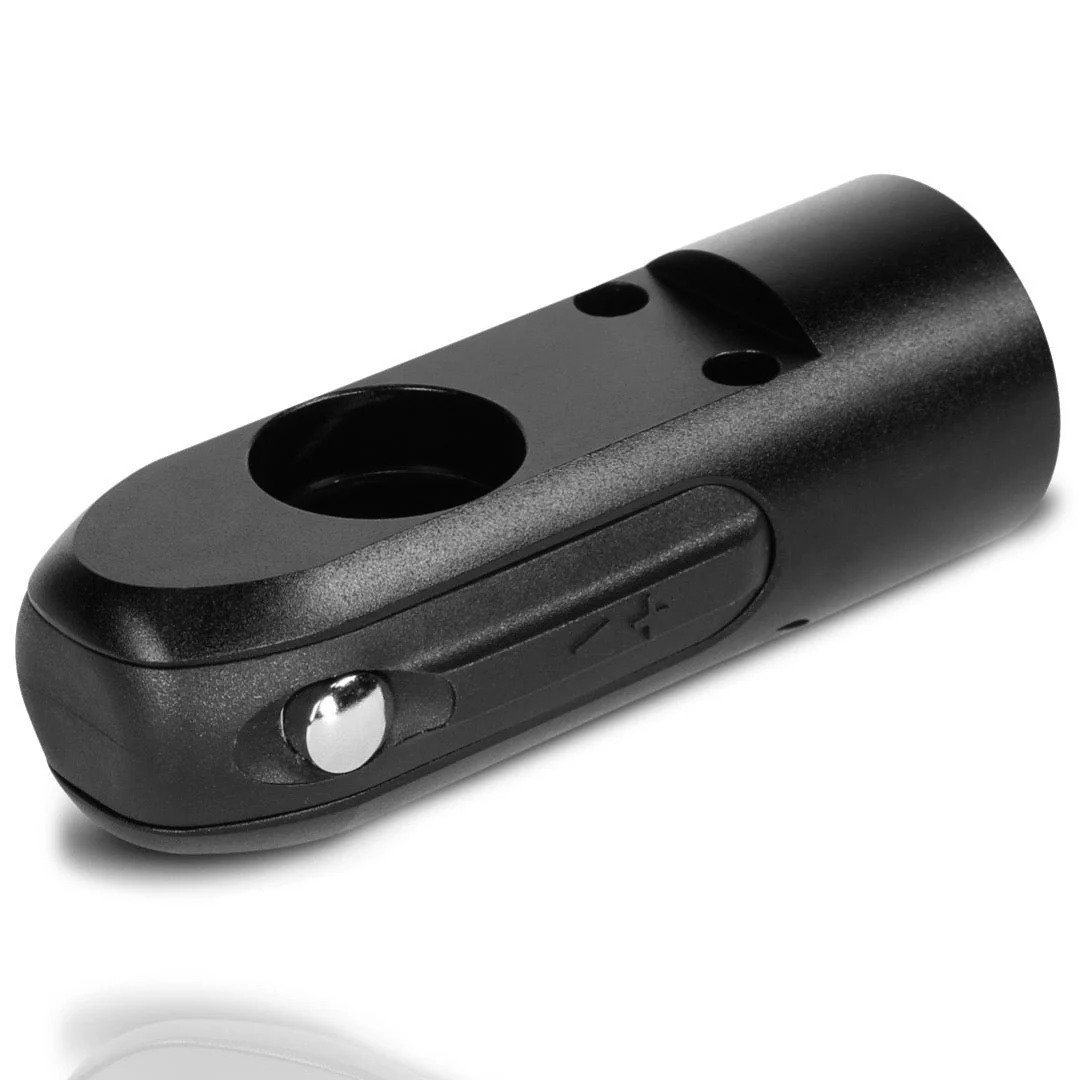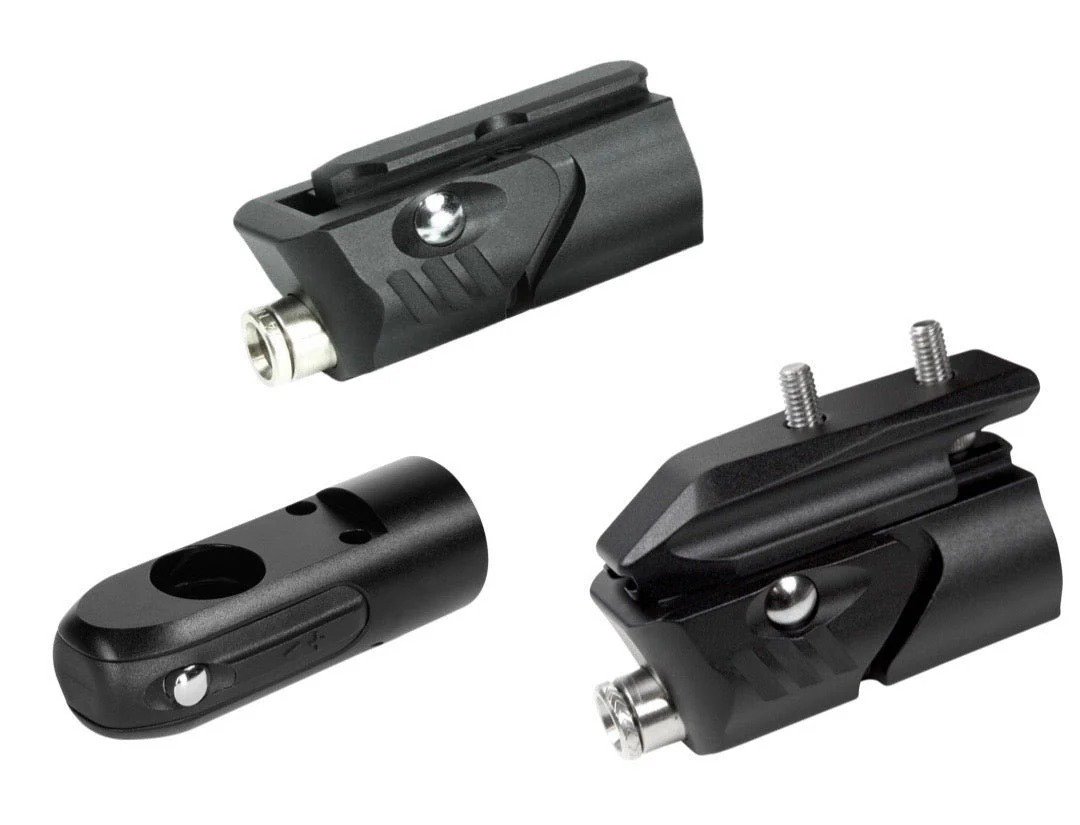Looking for ways to connect your air tank to your paintball marker safely? Many new and even experienced players face issues with leaks or improper fittings. The ASA is where all of this starts.
A paintball ASA (Air Source Adapter) is the part of the marker that connects the air tank to the gun, regulating airflow into the system. It ensures your marker gets the right pressure to operate consistently and safely.
When players and field operators understand ASA types and functions, they can avoid wasted CO2 or HPA, keep equipment safe, and improve customer experience.
Table of Contents
Why is the ASA so important in paintball?
Leaking tanks, sudden air bursts, or inconsistent shots frustrate players. These problems often trace back to the ASA.
The ASA is important because it provides a secure and controlled air connection. A reliable ASA prevents gas leaks, supports consistent marker performance, and extends the life of both tanks and guns.
Different roles of ASA in paintball
- Safety: prevents uncontrolled air release.
- Performance: ensures stable pressure flow for consistent firing.
- Convenience: allows quick connection or disconnection of tanks.
For businesses like paintball field operators, an efficient ASA lowers equipment damage and customer complaints, which reduces long-term operating costs.
What are the common types of paintball ASAs?
Choosing the wrong ASA can create headaches, especially when running multiple markers at a paintball field.
The common ASA types are bottomline, on/off, and rail-mounted. Each serves a different setup and player preference.
ASA Types Explained
| Type | Location / Feature | Best For |
| Bottomline ASA | Mounted under grip frame | Entry-level and rental markers |
| On/Off ASA | Allows manual shut-off | Field operators managing safety |
| Rail-mounted ASA | Attaches via rail for mobility | Tournament and competitive play |
Why it matters for businesses
For wholesalers and field operators, bulk ordering the right ASA type ensures equipment standardization. On/off ASAs, for example, reduce the risk of injury when swapping tanks during busy events. Rail-mounted ASAs are popular with competitive players, opening up opportunities for resale margins.
If you are sourcing tanks or markers in bulk, pairing them with the correct ASA design can improve customer satisfaction and reduce return rates. You can learn more about compatible HPA paintball cylinders here.
How do you maintain and troubleshoot an ASA?
Even the strongest paintball gear fails if neglected. Dirty or worn ASAs cause air leaks, misfires, or costly tank damage.
ASA maintenance involves cleaning threads, checking O-rings, and ensuring proper lubrication. Troubleshooting requires inspecting for wear and replacing seals or faulty adapters.
Maintenance checklist
- Clean threads: Use a soft brush to remove dirt and paint.
- Check O-rings: Replace cracked or flattened ones regularly.
- Lubricate lightly: Apply paintball-specific oil to moving parts.
- Inspect alignment: Make sure tanks screw in smoothly without cross-threading.
Troubleshooting tips
- Hissing sound: usually means a damaged O-ring.
- Tank won’t seal: check if ASA pin depresses properly.
- Loose connection: inspect mounting screws or rails.
For B2B buyers, offering cylinders along with ASA maintenance kits can add extra value for your customers. Many paintball field owners appreciate suppliers who not only sell tanks but also provide guidance on safe operation and aftercare.
Conclusion
The ASA is the bridge between your paintball marker and its air source. A reliable ASA means safe, consistent, and enjoyable play.


